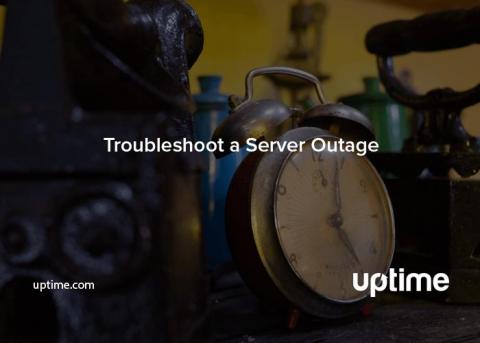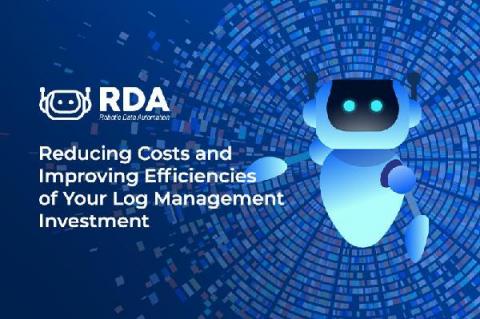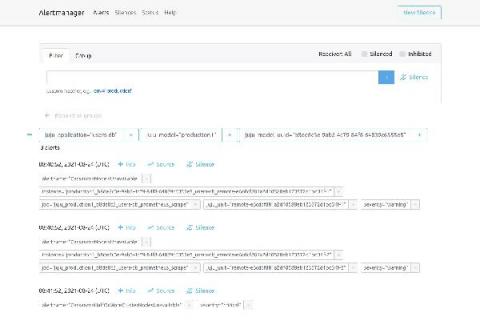CheckMK and Enterprise Alert - a scripted heartbeat check
A few days ago I received an inquiry about a scripting problem from one of our longtime partners, to be exact our DCP Marc Handel from IT unlimited AG. In the exchange with Marc I realized that his idea to use the Enterprise Alert Scripting Host, the Windows Task Scheduler and CheckMK to realize a roundtrip monitoring could be interesting for the whole community. Especially for all our CheckMK customers.










